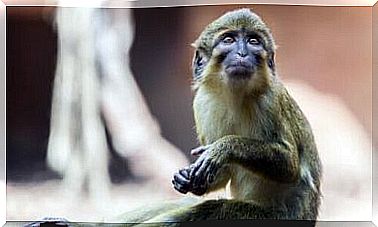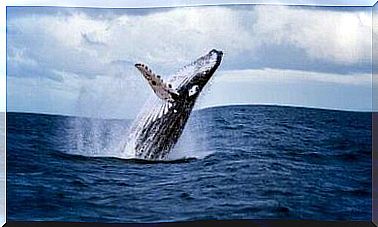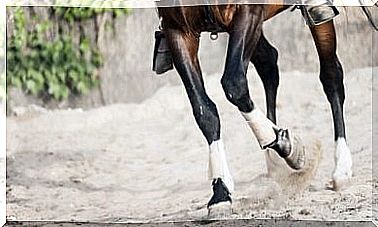5 Animals That Jump Higher

Have you ever wondered which animals jump highest? It could be mammals, insects or amphibians. This is one of the many competitions that compare the skills of truly extraordinary living beings. If you want to discover the 5 animals that jump higher, don’t miss the following article.
What are the animals that jump highest of all?
Each of the following species is on this list because they deserved it. Using different techniques, and above all their particular physiognomy, these are the animals that climb higher. They will not leave you indifferent: we are sure!
1. Puma
Also known as a mountain lion – you can see it in the image that opens this article – it is a carnivore native to America. It is the largest feline on the continent and can adapt to many ecosystems. It feeds mainly on ungulates ( hoofed mammals), but if food is scarce, it is also satisfied with insects, rodents, leporids and so on.
This charming and large animal is an expert predator on the prowl. It hides in the trees and waits for hours for the right moment to jump over its prey, at which it delivers a lethal bite under the jugular. Equipped with enormous strength and vigor, the puma can jump 4 meters vertically and 12 horizontally… Its hind legs are able to guarantee it an incredible push.
2. Kangaroo
Among the animals that jump higher could not miss the kangaroo, a jumper par excellence. Like most marsupials , this living thing possesses two well-developed hind legs – unlike the front ones which are short and slender. They are exceptionally powerful and allow them to jump or run. In this way, an adult kangaroo can cover considerable distances in no time, passing over obstacles and dangers. They cannot walk: they were born to jump!
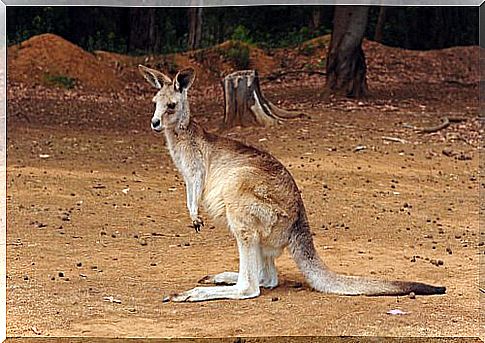
By virtue of this constant training, these iconic animals of Australia are very fast and can reach 70 km / h over short distances. Returning to the important data for our ranking, know that the kangaroo can jump 3 meters in length. It is worth noting that the tail is used as a third leg and helps them move, but also rest.
3. Tree frog
Within the large family of the Hylidae amphibians , it is worth highlighting the Hyla arborea . Of green color with red eyes, this species of frog lives in Mexico, Colombia and Venezuela. As the name suggests, it draws attention due to its jarring colors of both the body and pupils. In addition, it has three fingers on each limb, well separated from each other.
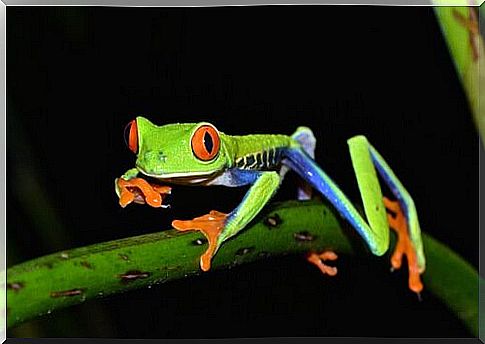
This amphibian is nocturnal and spends a lot of time among leaves and branches, where it feeds on insects and protects itself from predators with a toxin produced by the skin. Females are larger than males and can jump up to 150 times their body size thanks to their powerful hind legs, which fully extend.
4. Grasshopper
The Celifers are a large family of insects popularly known as “grasshoppers”. They are characterized by short antennae and large eyes. They are herbivores and in many cases considered harmful organisms to crops.
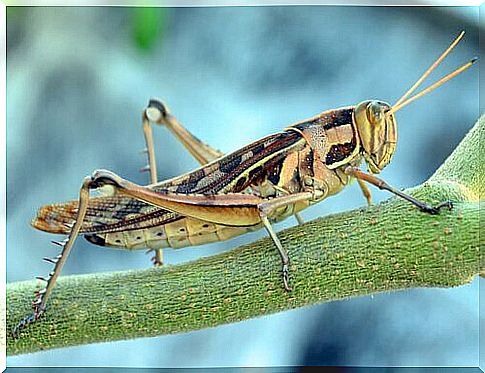
Thanks to their strong and long hind legs, they can jump up to 20 times their body length. Also, they have two pairs of wings, but they only use the rear ones to fly if needed. Another inherent feature is that they make loud noises by rubbing their wings against the femurs.
5. Flea
Finally, on the list of the 5 highest jumping animals, we couldn’t leave out the parasite most hated by anyone with pets at home. The flea has very well developed back joints, which allow it to jump up to 40 times its size and thus pass from host to host.
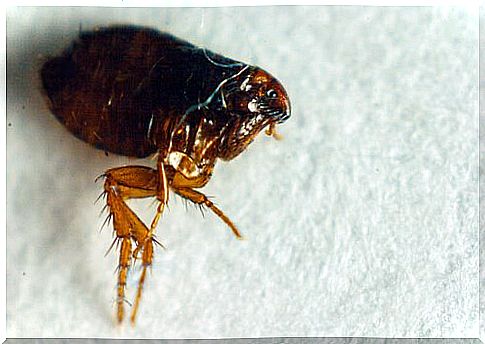
Basically, fleas jump to survive : every time they do, they bite the skin of the victim animal and suck the blood which is the basis of their nourishment. The most curious aspect lies in their jumping mechanism. As in the case of a catapult, they grab onto the skin with special “thorns” and, when they have gathered their legs to the maximum, they release these hooks to take advantage of all the possible thrust.


